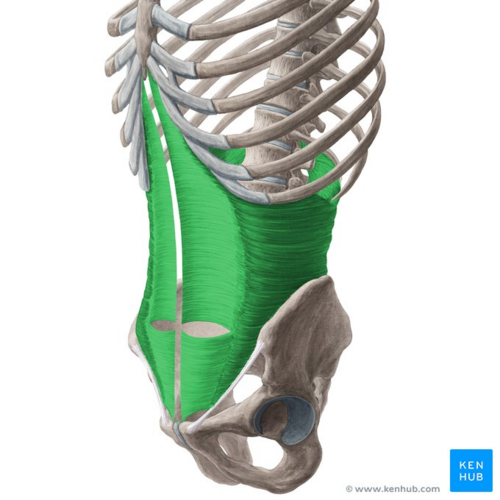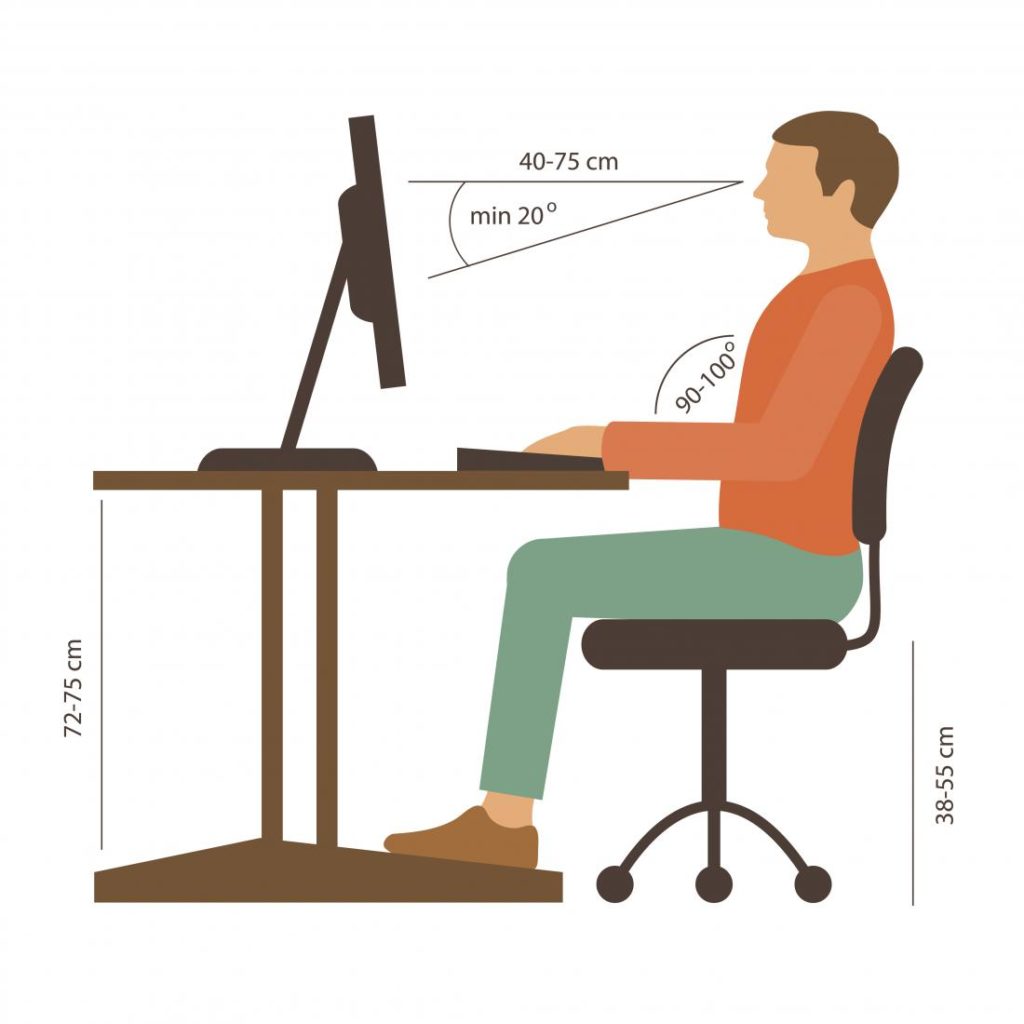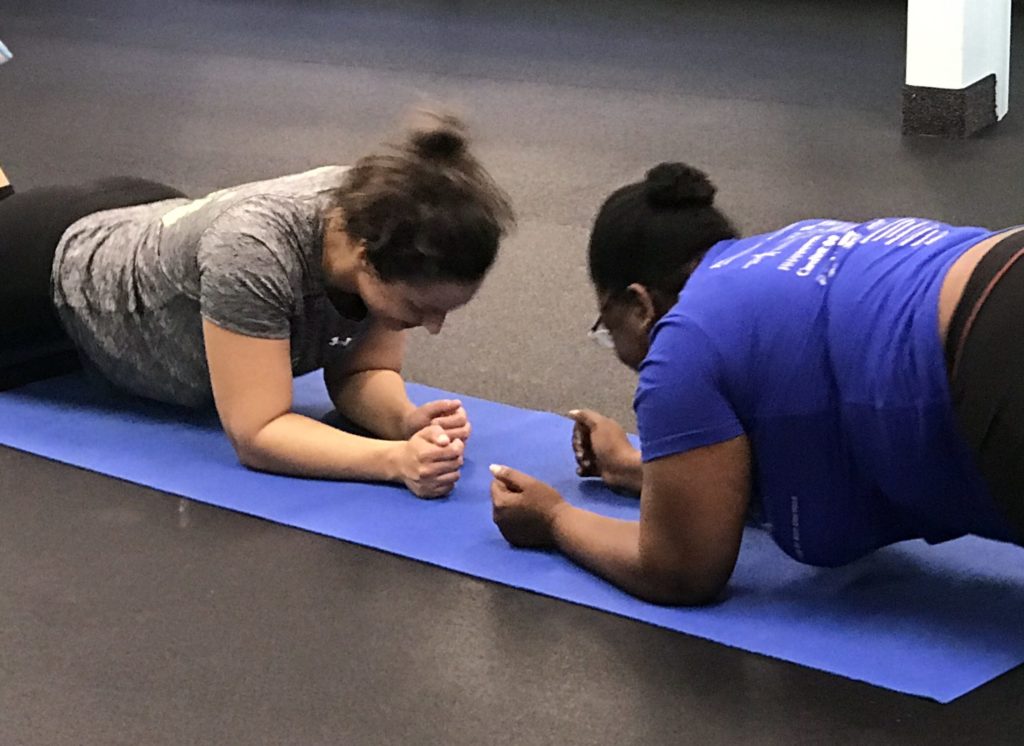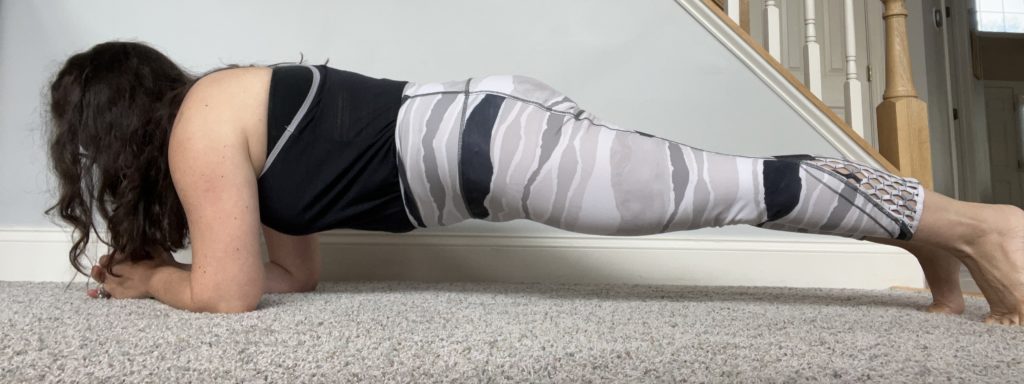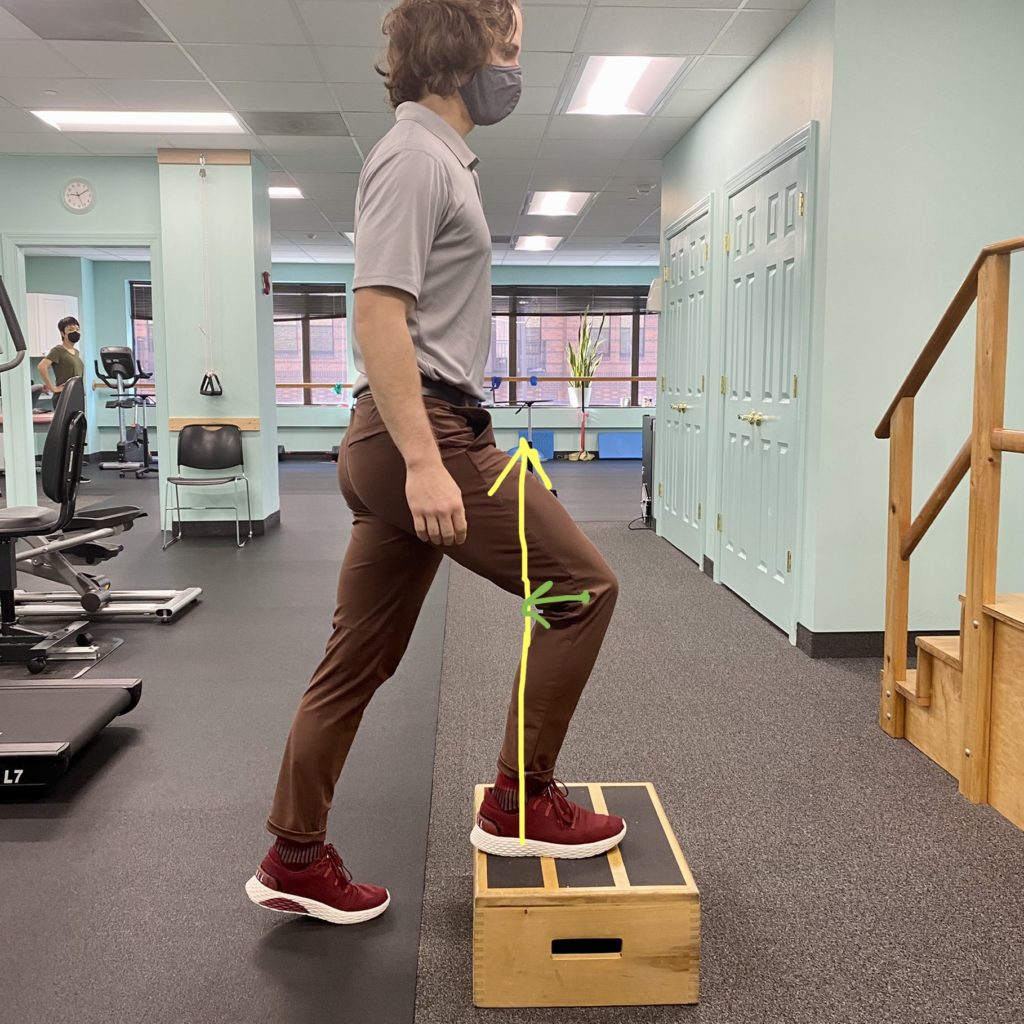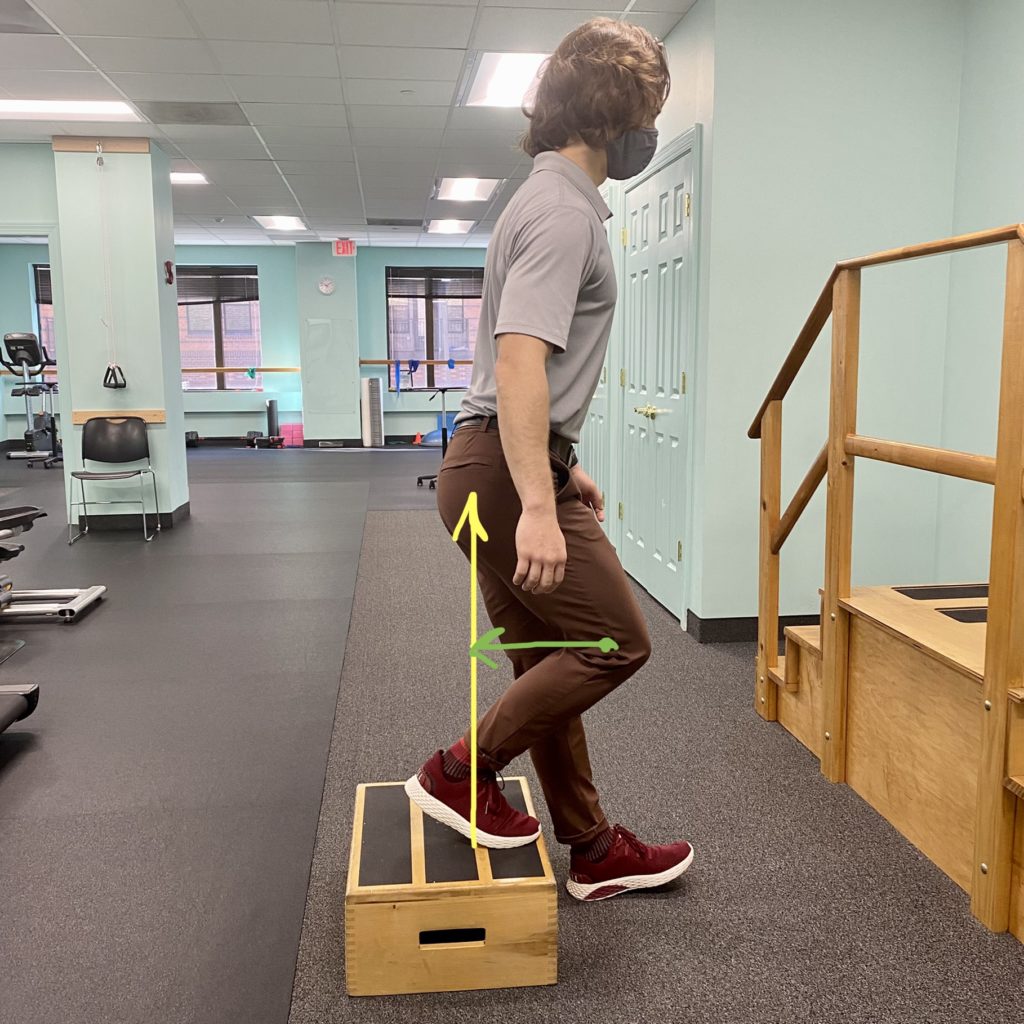Squatting isn’t just for those really muscular people who put 700lbs on their back at the gym. In fact, I bet you don’t even realize how often you squat in a day. Think about the number of times you sit down on a chair and have to get back up, the number of times you go to the bathroom in a day, or even the amount of time you spend bending down to pick something up you might have dropped… This is constant, every-day squatting!
The squat is one of the most important exercises to perform for a wide variety of reasons. The squat aids in (1) increased leg strength, (2) increased core strength and lumbar stability, (3) increased hip and ankle mobility, (4) helps aid in the reduction of injury, and (5) increased metabolic rate due to muscle growth. Muscle loading the squat can be an effective way to increase muscle growth in the quadriceps, glutes, and hamstrings. Additionally, increased repetitions of squats with minimal muscle loading can enhance muscle endurance; this improves your ability to perform daily activities, increases athletic performance, and helps maintain improved posture/stability for extended periods of time.
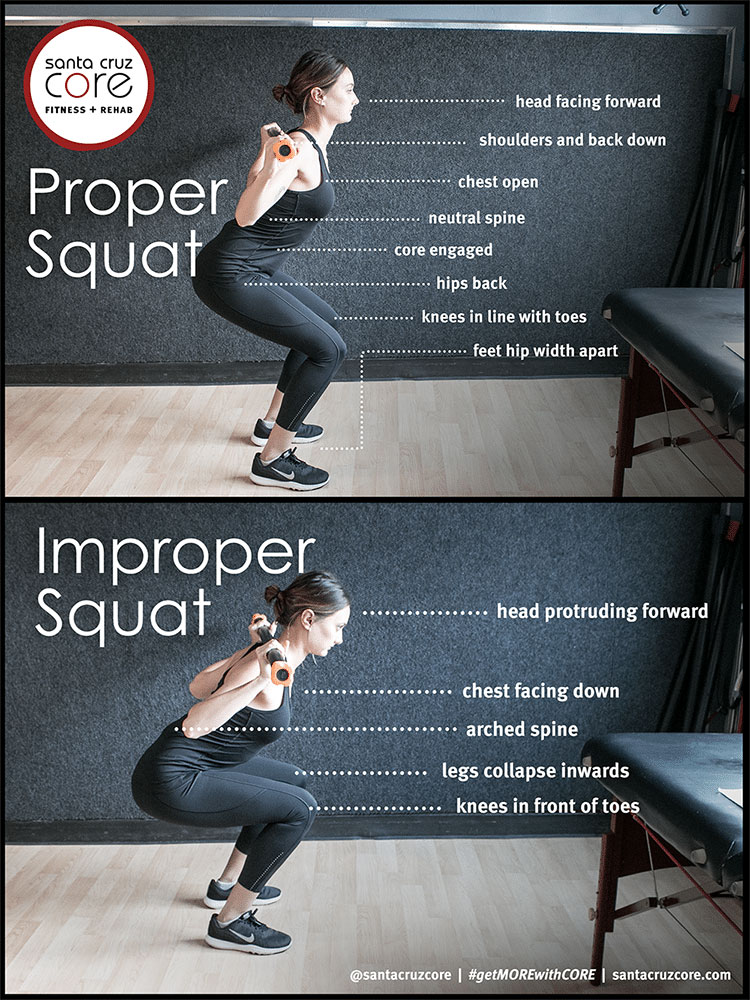
Squatting below parallel does not increase your risk for knee injuries, however, it does often increase your risk for breaking proper squat form/mechanics. Squatting below parallel does not provide any significant muscle activation benefits, but can enhance mobility. Studies show minimal differences between squatting to 90 and squatting below 90. Most importantly, maintain good form and mechanics before progressing the depth of your squat – this will enhance overall benefits.
photo credit- santacruzcore.com

